
Electrons stay put in layers of mismatched ‘quantum Legos’
Electrons can be elusive, but Cornell researchers using a new computational method can now account for where they go – or don’t go – in certain layered materials.
Read more Department Homepage
The College of Arts & Sciences
Department Homepage
The College of Arts & Sciences
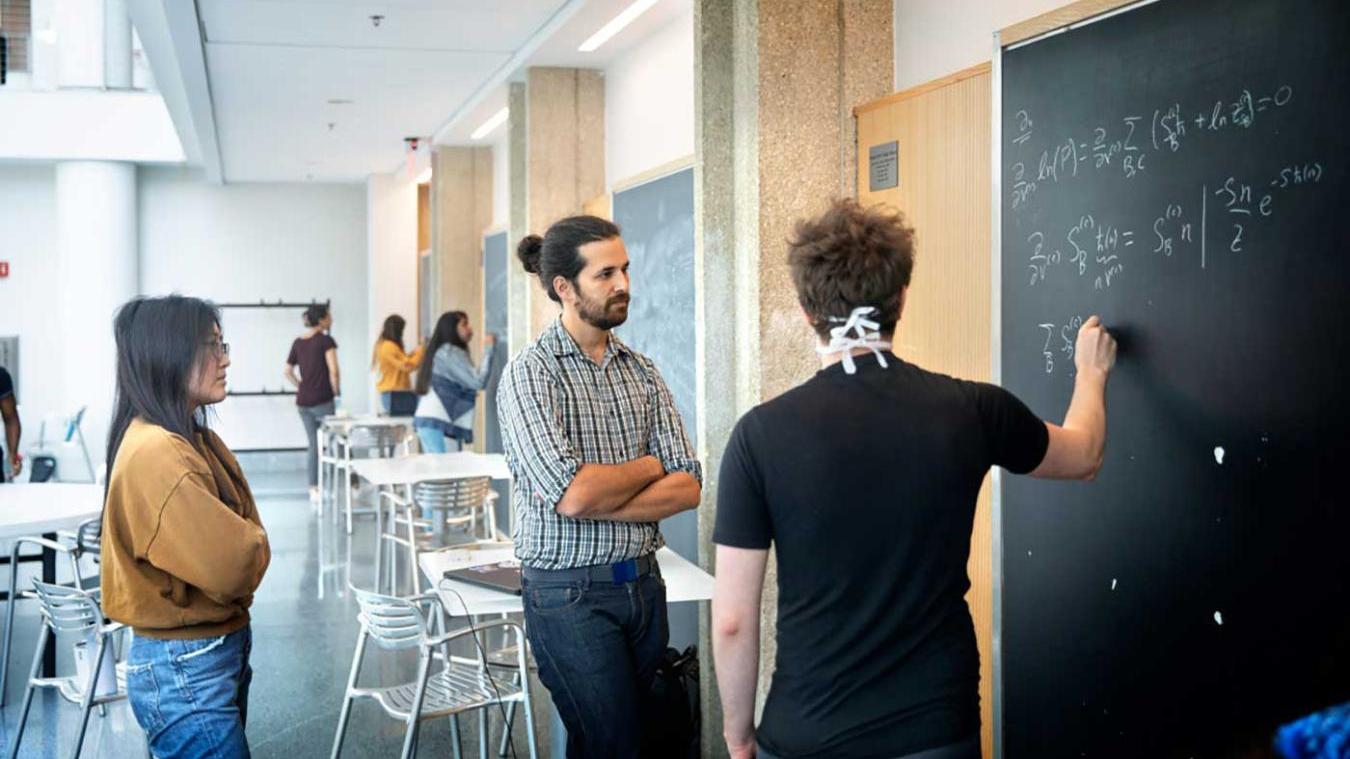
Physics is an exciting, living, discipline that continually moves in new directions: biophysics, nanophysics, and experimental cosmology are all areas which did not exist until relatively recently. Some of the greatest challenges we now face, such as how to manage our dwindling resources of fossil fuels and how to control/mitigate global warming, require a deep understanding of physics. Additionally, with the recent turn-on of the Large Hadron Collider, we are on the threshold of a new era of particle physics.
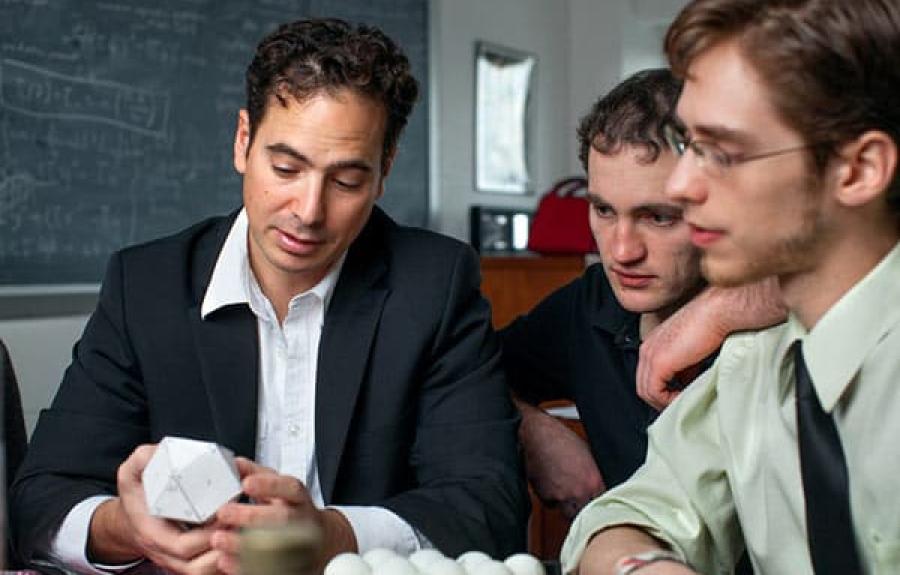
The graduate physics program at Cornell is multidisciplinary, broad and congenial, and has access to superb facilities. Explore the links below to learn more.
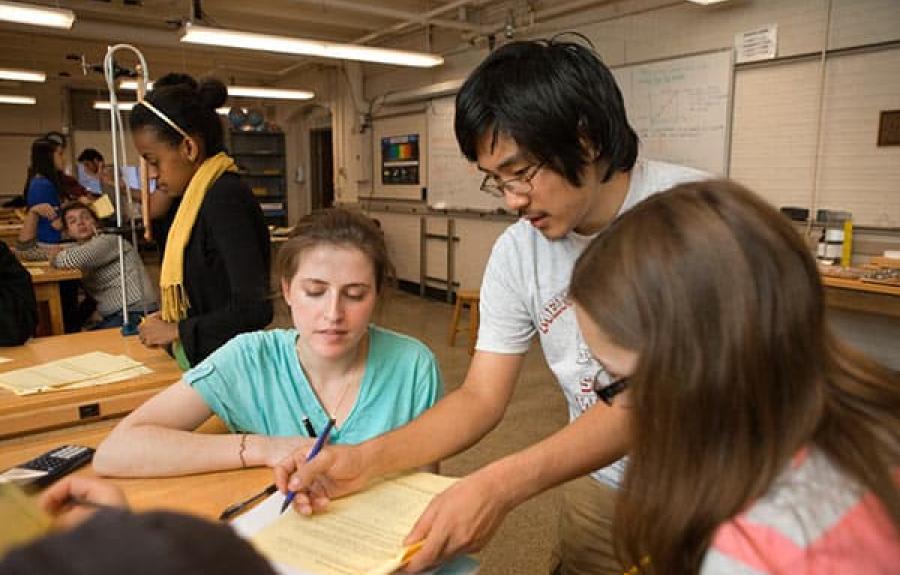
Studying physics at Cornell is a gateway to your future. For our alumni, a degree from Cornell has opened doors to employment with companies like Apple, careers in law, and research and faculty positions across the globe. Our combination of first-class research facilities and congenial atmosphere provide our students with the best environment to learn theoretical and experimental physics. At Cornell there is no need to limit yourself to coursework within our department. Many of our students choose to expand their education with coursework and research in complementary fields like Astronomy, Engineering, Biology and Computer Science.

Electrons can be elusive, but Cornell researchers using a new computational method can now account for where they go – or don’t go – in certain layered materials.
Read more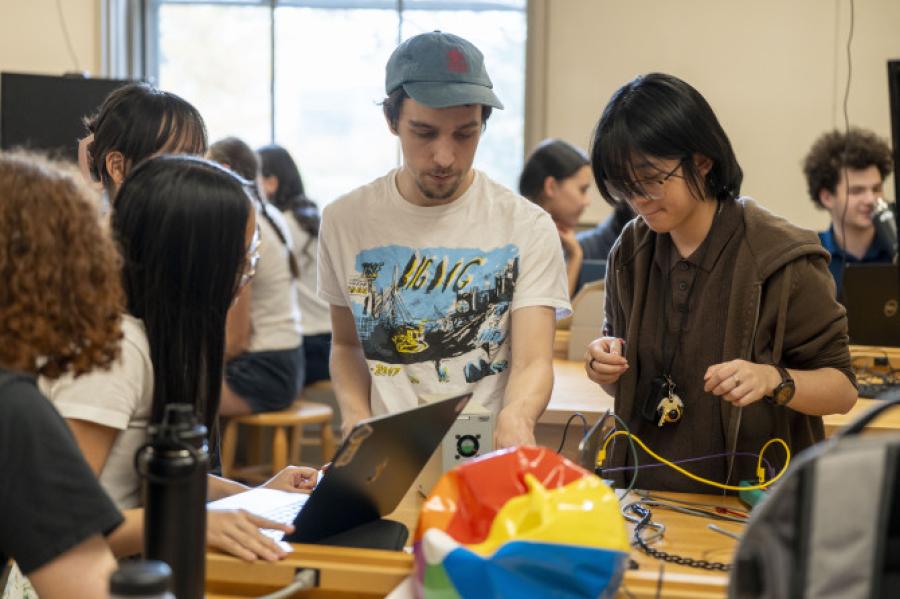

With a 2024-2025 Innovative Teaching & Learning Grant, A&S professors collaborated with others to develope an AI tool to foster student metacognitive skills around teamwork in STEM classes.
Read more
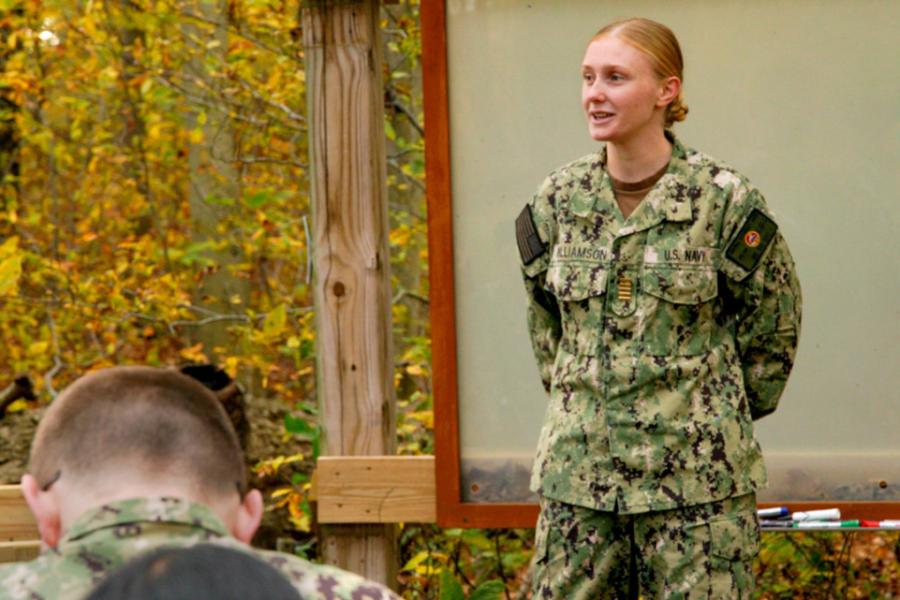
Kylie Williamson ’26 has been named Navy/Marines Student of the Year by Navy Federal Credit Union, a top honor in the Reserve Officers Training Corps system. Williamson is the first Cornell student to win the award.
Read more

New grant funding will support eight research projects seeking to reduce AI’s energy use and integrate AI in environmental research.
Read more
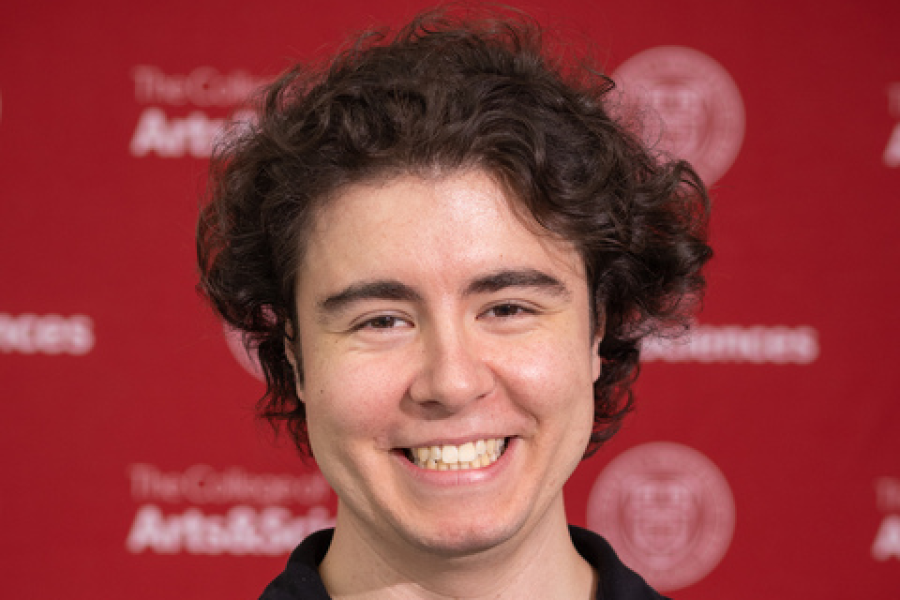
"Nexus Scholars was the first time where the only thing I had to worry about was research."
Read more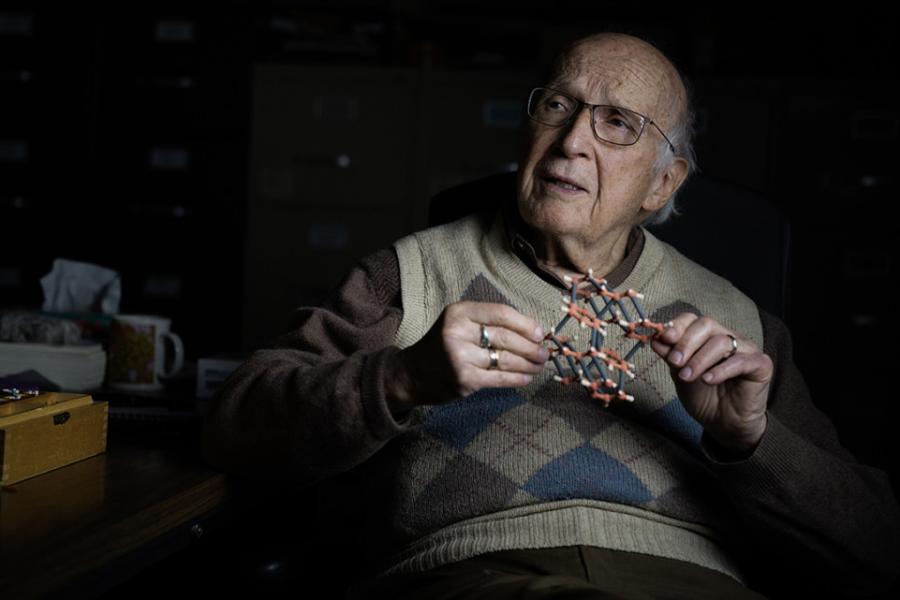
The portraits are part of a series by Christopher Michel, the National Academies of Sciences, Engineering and Medicine’s inaugural artist-in-residence.
Read more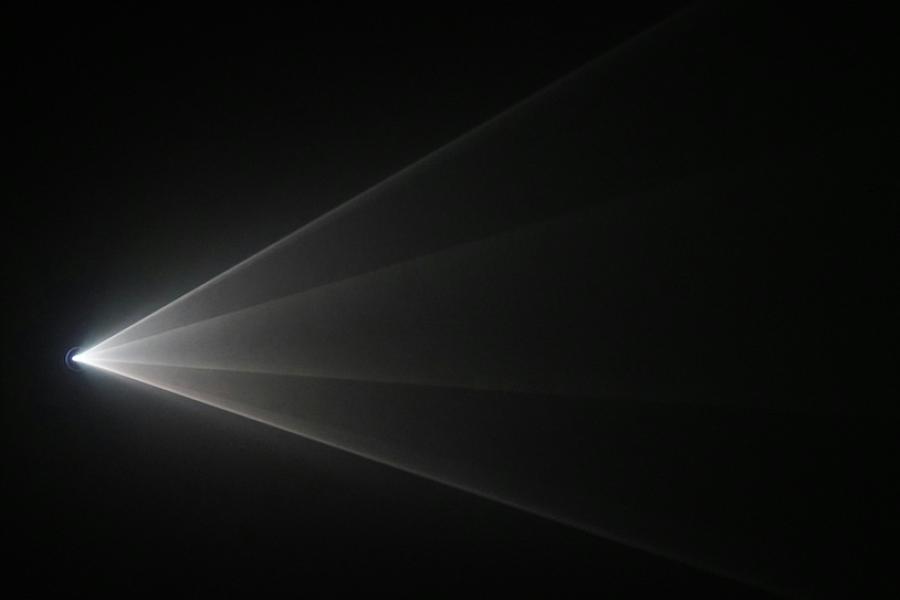

Using a Cornell-built instrument and Cornell-built high-speed detector, a team of researchers captured atomically thin materials responding to light with a dynamic twisting motion.
Read more
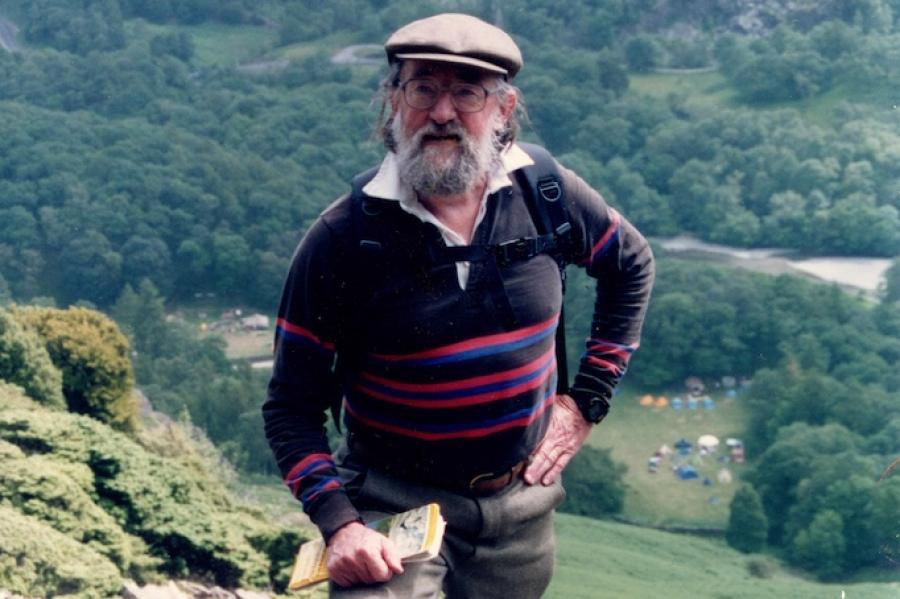
Reppy was recognized along with David Bishop, Ph.D. ’78, for "groundbreaking experiments" they did on helium 50 years ago.
Read more